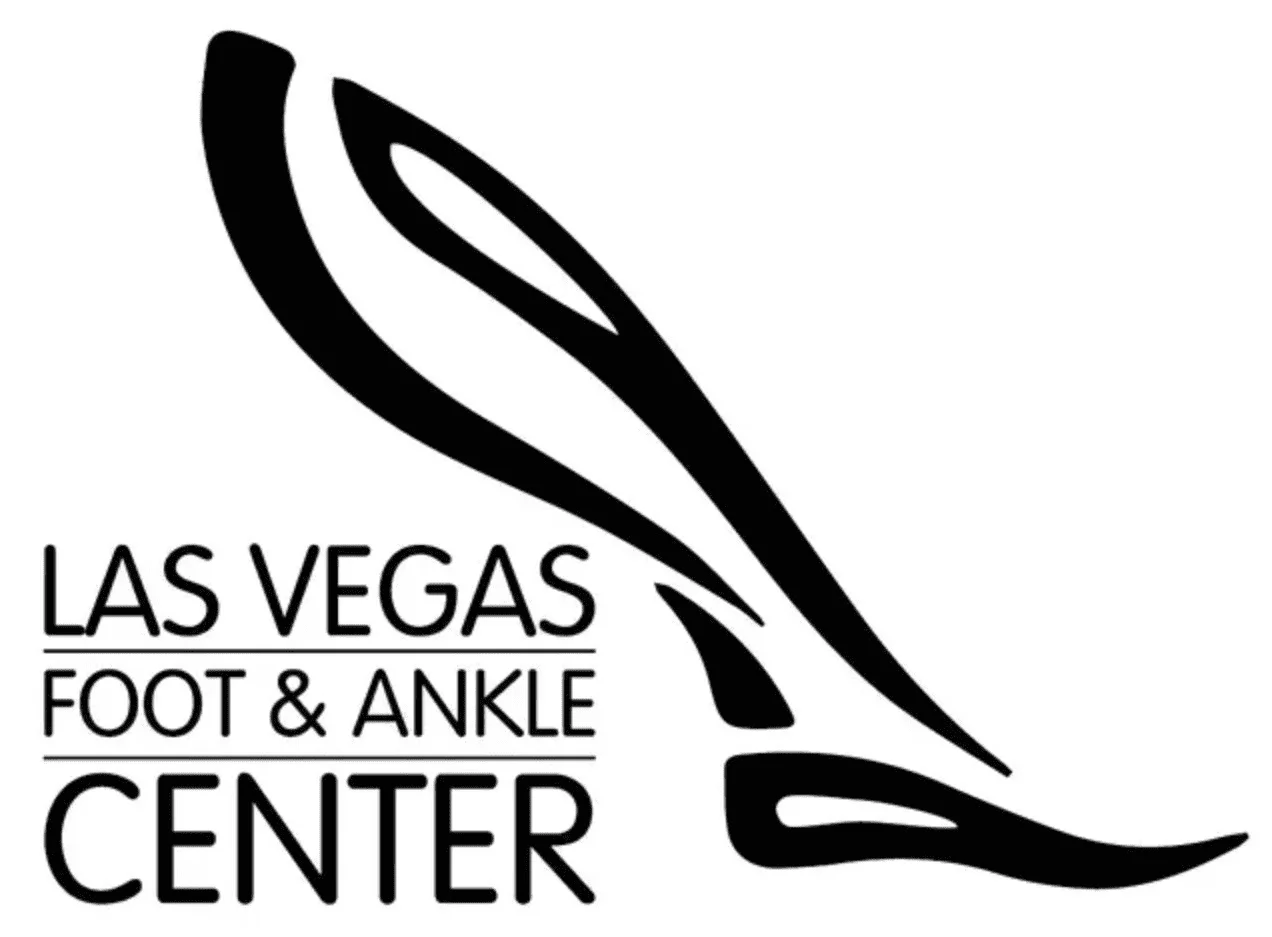Table of Contents
Overview
Ankle sprains are very common injuries that can lead to long-term pain, instability, and pain if not tended to properly.
An ankle sprain is a soft tissue injury that occurs when an injury stretches or tears the ligaments that connect bone to bone. Lateral ankle sprains account for almost a quarter of all sports injuries and are commonly seen in Emergency Departments. Conventional treatments are varied and range from immobilization and minimal wrapping to surgical repair.
If you believe you or a loved one may have suffered from an ankle sprain, make an appointment today with one of our board-certified podiatrists! We’ll evaluate the severity of your sprain and start you on a path to recovery.
Establishing the Basics
What is an ankle sprain?
Who is at risk for spraining their ankle?
How do I know if I have a sprain?
Treating an Ankle Sprain
To RICE or not to RICE
- Rest: Rest is crucial following an ankle sprain. Your ligaments need time to heal. If you push them too fast and too soon, you’re likely to cause more damage to your ankle. Limit your activities and walking following a sprain to start your path to recovery.
- Ice: Following a sprain, it is encouraged to apply ice to the area for 20 minutes per hour. Ice or ice packs should never be applied directly to the area. Instead, wrap up the ice pack in a towel and then wrap it or put it on the affected area. Research shows that icing the area is most effective within the first 48 hours of the sprain.
- Compression: Compressing your injury helps keep any swelling to a minimum and may also help with the pain. It should not be tight enough to restrict blood flow, just enough to support the affected area. This is also an element that is most useful within the first 36-48 hours following the injury.
- Elevation: Within the first 24-36 hours, it is crucial to elevate your ankle as much as possible – ideally above the level of your heart. When your foot is lower than your heart, your blood will travel downwards and can cause more swelling and bruising. Try to elevate and ice your foot at the same time to offset the pain and swelling. RICE is a critical component to recovery within the first 36 hours of injury, as it encourages proper healing. If a sprain isn’t given a chance to heal correctly, your ankle can become weakened and is more likely to be reinjured. That said, relying on the RICE method as a long-term solution is not recommended as it could impede your healing and recovery. Your board-certified podiatrist can share rehabilitation recommendations to help your ankle heal.
Pharmaceutical Management
Preferred Functional Therapy
Once your sprain diagnosis has been confirmed, you often leave the doctor’s office or Emergency Department with a walking/immobilization boot or semi-rigid brace. Elastic bandages, taping, and casting can also be used for lateral ankle sprains. Depending on the severity of your sprain, a medical professional may also recommend crutches to further protect your ankle.
When used for four to six weeks following an injury, these methods of functional therapy can best assist you on your path to healing. No matter which path is best for you, getting the right functional therapy tools as soon as possible from a board-certified therapist is crucial to ensuring your sprain doesn’t worsen.
Rehabilitation: Physical Therapy
Once your pain subsides, it’s time to start rehabilitation. This typically happens about one week after the injury. Rehabilitation, such as physical therapy, is an imperative step to preventing any future reinjuries. It focuses on restoring your ankle’s range of motion and improving your sense of balance. Strong balance equates to strong ankles and feet, so you cannot skip this step.
Physical therapy usually begins with supervision of a physical therapist or rehabilitation professional, and exercises are then continued at home. Recent research has shown that early, gentle exercises can support your healing. Your physical therapy will likely include early weight bearing, ankle range of motion exercises, balance training, and early return to activity with external bracing.
Preventing Reinjury
Continued Physical Therapy
Proper Footwear
After a sprain, speak with your board-certified podiatrist about which walking or athletic shoe is going to be best for you. Depending on the severity of your sprain, your doctor may recommend a more supportive shoe or a shoe with a wider toe box. If your local clinic doesn’t sell shoes, ask your podiatrist for local running shoe store recommendations as many local shoe stores work with podiatry referrals.
Additionally, replace your shoes when they are worn out. Shoes are not immortal, and most should be replaced after eight months to a year. For athletes and runners, shoes should be replaced more frequently. Routinely examine your shoes for signs of age, wear, and tear, as worn-out shoes can also be the cause for pain and injury.
Orthotics
Conclusion
Ankle sprains are incredibly common, and they require medical attention to rule out a more serious injury like a fracture or dislocation. If you or a loved one believes they have sprained their ankle, call to see one of our board-certified podiatrists today! Many clinics provide same-day appointments for emergencies. Prompt evaluation and treatment is crucial for optimal healing and not making the injury worse.
Once the severity of your injury has been determined, your podiatrist will work with you on a treatment plan that includes functional therapy tools such as a brace or walking boot, pharmaceutical medicine, RICE, and physical therapy. These are all vital to recovery as an ankle that hasn’t properly healed or strengthened is at greater risk of being reinjured or being chronically unstable.
No matter how bad your ankle sprain is, our office is here to help!

